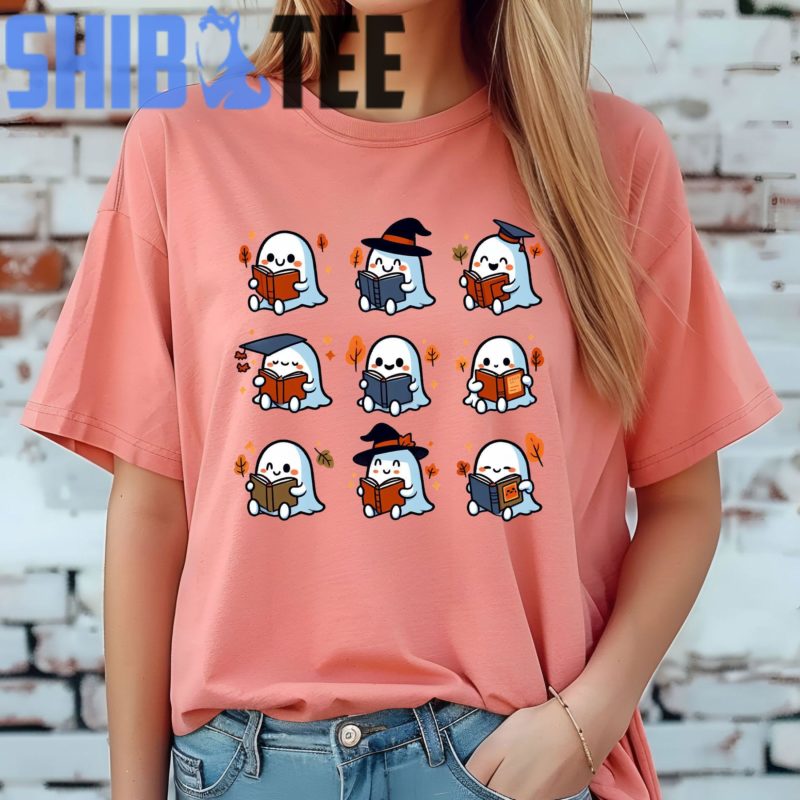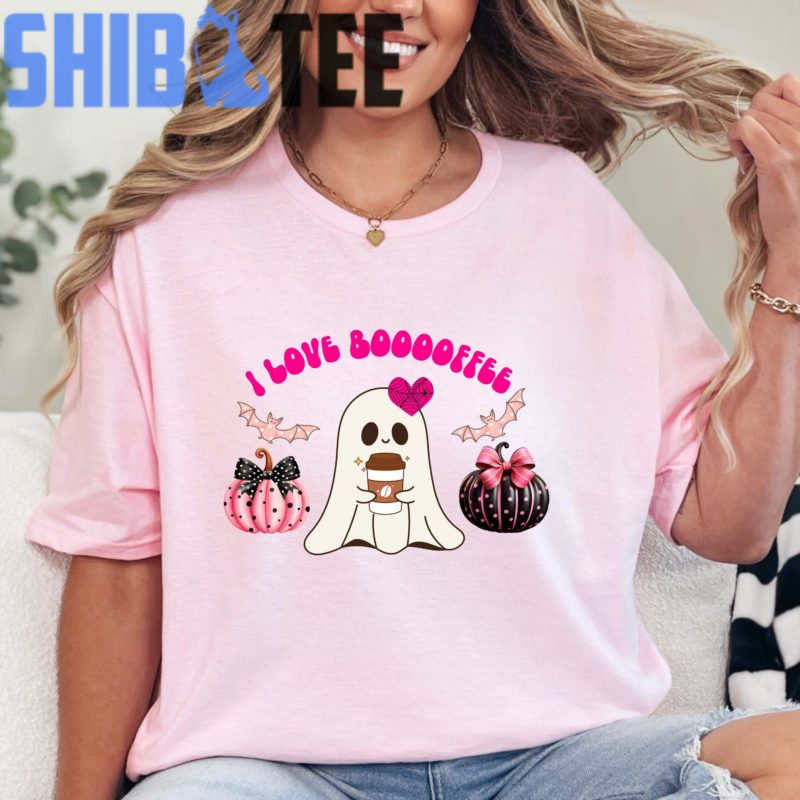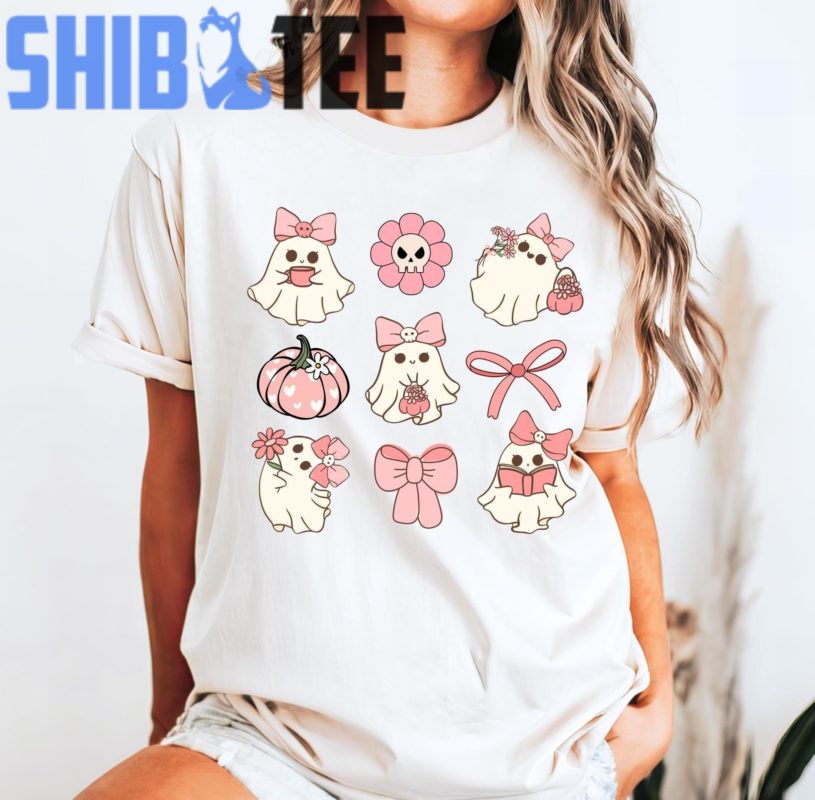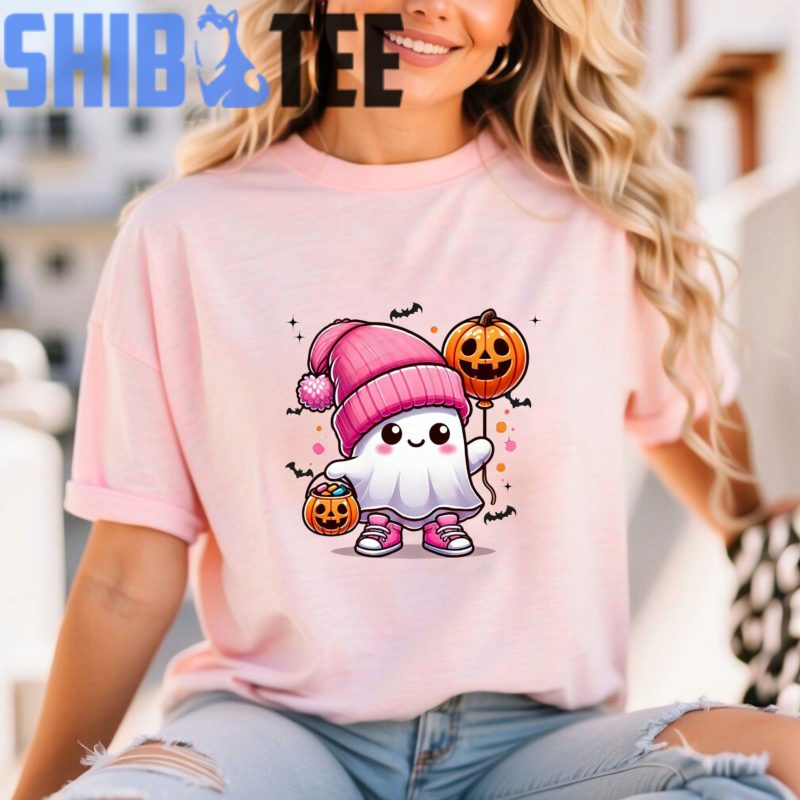No products in the cart.
Uncategorized
A History of the Halloween Costume

A History of the Halloween Costume
As the spooky season approaches, it’s time to start thinking about Halloween costumes for yourself or your little ones. Whether you’re opting for a classic look like a vampire or witch, or a pop-culture-inspired outfit like Barbie or Taylor Swift, have you ever wondered how Halloween costumes have evolved over time? Let’s take a journey through the history of Halloween costumes and discover how they transformed from ancient disguises to the creative expressions we see today.
The Origins of Dressing Up for Halloween
The tradition of wearing costumes on Halloween dates back over 2,000 years to the Celtic festival of Samhain, which marked the start of winter. During Samhain, it was believed that the boundary between the living and the dead was at its thinnest, allowing spirits to roam the earth. To protect themselves, people wore disguises to ward off these wandering spirits. This ancient practice was brought to North America by Irish immigrants fleeing the famine in the 1840s. As Halloween traditions evolved, so did costumes, shifting from terrifying disguises meant to repel spirits to the fun and festive costumes we recognize today.
Early 20th Century: Spooky and Homemade
In the early 1900s, costumes were primarily homemade and focused on ghostly and ghoulish themes. Disguises were worn to hide identities, especially among teenagers who engaged in pranks and mischief, sometimes so severe that cities considered banning Halloween altogether.
1930s: The Rise of Commercial Costumes
The Great Depression saw an increase in Halloween vandalism and violence, prompting communities to promote organized activities like trick-or-treating, costume parties, and haunted houses to keep the peace. Costumes from department stores like Sears became available, though many families still relied on homemade outfits due to the economic strain. Characters like Mickey Mouse, who debuted in 1928’s “Steamboat Willie,” became popular choices for children.
1940s: Wartime Influences

During World War II, Halloween traditions were influenced by the era’s cultural shifts. “Sexy” costumes emerged, inspired by pin-up girls popularized by Hollywood and government propaganda. Sugar rationing led to a decline in trick-or-treating, and homemade costumes continued to be the norm.
1950s: Pop Culture Takes Over
The 1950s saw mass-produced costumes become more accessible to the middle class. Children dressed as characters from movies, comics, and TV shows like Batman, Frankenstein, and western heroes. However, costumes often reflected the cultural insensitivities of the time, including stereotypical portrayals of Native Americans.
1970s: Politics, Feminism, and Freedom of Expression
The 1970s marked a significant shift in costume culture, with political and feminist themes becoming more prevalent. Popular influences included the Catwoman costume from the 1966 “Batman” series and presidential masks reflecting the political climate of the time. For many in the LGBTQ+ community, Halloween offered a rare opportunity to express their true identities, as San Francisco had laws prohibiting cross-dressing outside of this night.
1980s: Horror and Sci-Fi Icons

Pop culture continued to shape Halloween costumes in the 1980s, fueled by the rise of horror movies and sci-fi epics. Iconic characters like Michael Myers, Jason Voorhees, and Freddy Krueger became Halloween staples. Sci-fi blockbusters like “Star Wars” and “E.T.” introduced new favorites, thanks to the imaginative worlds created by filmmakers like George Lucas and Steven Spielberg.
1990s to Today: Pop Culture Reigns Supreme
From the 1990s onward, pop culture continued to dominate Halloween costume trends. Characters from movies, TV shows, and music shaped costume choices, from Marty McFly in “Back to the Future” to pop stars like Britney Spears and the Spice Girls. The 2000s saw costumes inspired by everything from “Harry Potter” to TV’s “SpongeBob SquarePants.”
In 2023, Halloween participation has rebounded to pre-pandemic levels, with 69% of Americans planning to celebrate. Online platforms like Instagram and TikTok heavily influence costume trends, keeping the tradition vibrant and ever-evolving.
The Modern Halloween Costume: A Celebration of Self-Expression

Today, Halloween costumes are a billion-dollar industry that serves as a platform for creativity and self-expression. No longer tied to warding off spirits, dressing up is now about embodying favorite characters, creatures, and cultural icons. Whether you choose a classic monster like Frankenstein or a trendy character like Wednesday Addams, Halloween is a night to let your imagination run wild. Happy Halloween!
